Agroforestry systems in the Amazon as a tool for regenerative agriculture and climate mitigation
In the midst of the most severe drought in 100 years, agroforestry systems resist as an environmental, economic and food solution for impacted populations
Text: Camila Garcêz / Idesam
“We hardly find any fish in this river, only if we’re lucky. We also have fruit, we have a vegetable garden. We can still water the vegetable garden, because it’s right next to our house. But that’s how we’ve been living, tight, but we’ve been living,” says Aldemir Queiroz, 61, an extractivist who has lived in the Uatumã Sustainable Development Reserve (SDR) for 58 years. He mentions the impacts of the severe drought that has taken hold of the Uatumã River, a region that suffers the consequences of the Amazonian rivers’ ebb and flow. This, the worst drought in 121 years, caused the Rio Negro, in Manaus, to reach the historic mark of 13.59 cm on October 16, 2023.
The drought has had severe consequences for the populations of 62 municipalities in the state of Amazonas, which have declared a state of emergency. The difficulty in accessing drinking water and food is great in several regions, including the community of Santa Luzia do Caranatuba, which is located right in the middle of the reserve and is home to around 40 families who live exclusively from extractivism and subsistence planting. The agroforestry system (SAF) in the Uatumã RDS has almost 100 rosewood trees and another 4,210 fruit, medicinal and timber trees. Created by Seu Aldemir, his wife, Dona Neide Santos, 57, and their nine soon, the SAF has been the main source of food during the climate emergency.
“When we were planting here, people called us crazy because we started planting rosewood seedlings. They said it had no future, that it wouldn’t work, and now there’s our SAF, full of trees, which give us food, fruit, wood, food, which in these times matters a lot. If it weren’t for this land, we wouldn’t have anything to eat,” says Dona Neide, showing how agroforestry has been an important ally for the family’s food security, since the low water levels have made it difficult to travel to the city.

Seu Aldemir and Dona Neide at their home in the Santa Luzia do Caranatuba community. Photo: Camila Garcêz/ Idesam
In order to survive, Seu Aldemir, at the age of 14, became an exploiter of the Aniba rosaeodora tree, better known as rosewood. For 12 years of his life, he carried out the illegal practice in exchange for food and five hundred cruzeiros, as he tells it, offered by loggers who entered the communities with boats full of food, medicine and other supplies.
“When I was a rosewood explorer, I used to cut it down, take it out by the trunk and leave the branches on the ground,” he recalls. “Let’s say that if we had the knowledge we have now, we would never have lost the trees to exploitation. Today I think, of the 5,000 trees I exploited, what if they were standing in the reserve now?” he asks, evaluating the practices of illegal logging in the Amazon in the mid-80s.
At the time, there was almost no enforcement and the rosewood tree, native to the Amazon and producing powerful essential oil for the perfumery and cosmetics industry, was intensively exploited in the region. According to data from the Superintendence for the Development of the Amazon (Sudam), around 2 million trees of this species were illegally exploited to produce oil. It is currently estimated that the price of this oil, which is rich in linalool, is the equivalent of R$5,000 a liter, but improper management of the species has put it on Ibama’s Official List of Brazilian Flora Species Threatened with Extinction.
From being a predator of rosewood, Mr. Aldemir became an agent for the conservation of the species within the Uatumã RDS. The creation of the agroforest began when he started taking the seeds and branches he found during illegal logging to germinate on his land. “I picked up one of these seeds when I was in the forest cutting. I brought it here, put it in a sachet, it germinated and today they are huge, gigantic,” he recalls with admiration.
With the creation of the RDS in 2004 and the preparation of the Management Plan by Idesam, the riverside population on the banks of the Uatumã River saw the reality of illegal logging, hunting and fishing change drastically. The more than 350 families divided among the reserve’s 22 communities, who used to live predominantly from agricultural production with the felling and burning of trees, were given support to change their outlook for economic development. This was essential for the change in thinking about SAFs to take place.
Forest resilience
The forest from above seems endless. A great green carpet cut by snaking rivers that also loom large in this scenery. But the route to the Uatumã RDS, when taken from above, also reveals fires in areas of closed forest. They are like wounds that open up in a flash between the green treetops. The smoke from these burnt trees is added to other smoke coming from towns with intense farming activity, such as Autazes and Careiro da Várzea, as Ibama has denounced.

Forest burning. Photo: Camila Garcêz/ Idesam
In conventional agriculture, burning is a quick and relatively inexpensive way to open up large tracts of land by eliminating existing vegetation. The ash resulting from burning provides nutrients for plants and makes the soil more fertile. However, this practice has negative impacts on the environment, as it emits a large amount of carbon into the atmosphere, degrades the soil and impacts the biodiversity living in the area.
This activity, coupled with the extreme heat and drought, led Manaus and cities in the metropolitan area to a record number of fires in the first 15 days of October. The region was engulfed in an intense haze of smoke. It was three days in a row, which took the capital of Amazonas to second place in the ranking of cities with the worst air to breathe in the world, according to monitoring by the World Air Quality Index, and about two months without any effective solution to the problem.
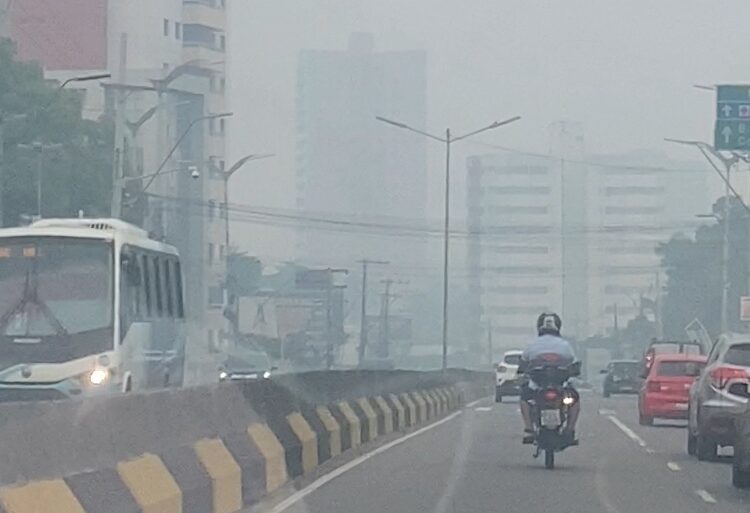
Manaus under an intense haze of smoke. Photo: Camila Garcêz/ Idesam
In the Amazon, the seasons are divided into flood and drought. This is based on the amount of rainfall at certain times of the year, which directly affects the volume of water in the rivers. During the dry season, fire outbreaks intensify, as not only do the forests dry out due to the lack of water and become susceptible, but they are also the target of deforestation and arson. As a journalist, I have witnessed this destruction up close.
After crossing the clouds of smoke, we landed in the middle of the Uatumã River. I was there in June of this year and what I saw were completely different realities to what I see now. The river, which used to be almost 2km long from one bank to the other, now flows in a trickle. As soon as we landed on the river, we got into a speedboat that was waiting for us. We had difficulty reaching the shore due to the high risk of running aground, and needed the help of the local host, who came by canoe to take us there. Mr. Aldemir frowned in an attempt to defend his face from the sun as he told us about the difficulties brought on by the strong Amazonian summer.
“We walked here three times yesterday. Three times, back and forth, to be able to leave,” he says, pointing out the path we would have to take to get to his house, a distance of about 2 km. In the context of a normal ebb, this route wouldn’t be necessary, considering that the canoe would be able to stop in front of his house.
We walked under the scorching sun, with almost no wind and using the few trees we found on the beach to protect us. I was there accompanying the technical team from Idesam that monitors Seu Aldemir’s SAF and was going to monitor the effects of the drought on the seedling nursery built on the land, which aims to take rosewood planting to other SAFs within the reserve. “I started planting some more seedlings last year, three hundred feet, but half of them have already died. This drought is destroying everything, they were still small and can’t withstand the heat, which is very strong. Look how the big trees are feeling the summer,” he says, pointing to the dry branches of the larger trees.
“I’m sad, right, I’m sad because of this long summer. If I could have irrigation to keep giving them water, let’s say every three days or every two weeks, that would be fine with me. Here we’ve had more than 30 days without rain, so they can’t stand it. And then we’re having this strong summer, but there could be another stronger summer ahead, we don’t know,” he says gloomily.
Seu Aldemir’s concern reflects a common challenge faced by the guardians of SAFs in the Amazon. “His story shows how difficult it is to take care of the land in a warmer world with a more unstable climate,” says researcher and president of the Talanoa Institute for Climate Policy, Natalie Unterstell.
She explains that strategies for adapting to these impacts, such as effective irrigation systems and plant varieties that are more resistant to heat and drought, should be planned jointly by the Government, local communities and Civil Society Organizations, to develop policies that strengthen the creation of buffer zones, an area that acts as a barrier between two environments, protecting SAFs from forest fires and strengthening land use policies to prevent illegal deforestation.
Natalie, who has led negotiations at the Conferences of the Parties (COP) and engineered the United Nations’ (UN) first forest agreement, says that SAFs are an important measure for climate mitigation, as well as being a sustainable alternative for farmers, who can grow food and look after the forest at the same time.
“In a scenario of deforestation and savannization, agroforestry systems play a crucial role in forest regeneration and climate change mitigation. These systems combine agriculture and forestry, preserving biodiversity and improving soil quality. The main benefits include conserving water resources, increasing climate resilience and maintaining biodiversity. SAFs also help to capture carbon, an essential factor in the fight against climate change,” he points out.
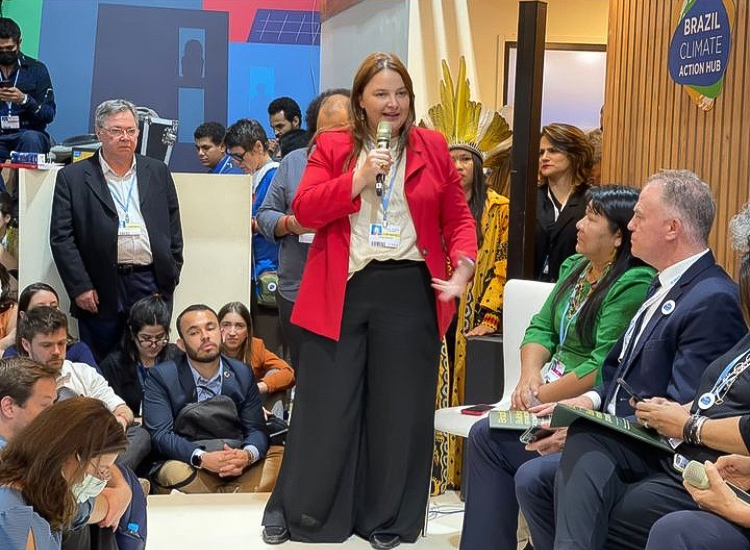
Natalie Unterstell speaking at COP27. Photo: Personal archive
Mr. Aldemir’s concern about the intense summers that may come in the future is based on his experience and knowledge of the land. His attentive eye for the constantly worsening climatic phenomena demonstrates a genuine concern for the commitment to conserve nature. The forest and its peoples are suffering. Approximately 600,000 people have already been directly affected by the drought, according to the State Civil Defense. Thousands of animals, such as dolphins and fish, have been found dead due to rising water temperatures and landslides have already caused fatalities in Amazonas during the drought.
For Natalie, this climate change scenario is likely to aggravate the challenges facing the Amazon, including even more severe and frequent droughts and loss of biodiversity, since climate projections point to a drying out of the forest and great instability in the rainfall regime.
“Agroforestry systems can play a vital role in adapting to and mitigating these challenges. To promote the widespread adoption of these practices, it is necessary to invest in favorable public policies and economic incentives for farmers. Opening up lines of financing in climate funds – such as the Climate Fund and the Amazon Fund – could also be practical short-term measures,” the researcher points out.
Expanding the dimensions of what a SAF
“An agroforestry system is actually man imitating nature”. So says Elen Blanco, project manager at Idesam’s Environmental Services Initiative. She says that these systems represent a strategy of combining species, which allows for the recovery of degraded areas, food production and carbon sequestration, offering a way of taking advantage of natural resources without compromising the health of the forest.
“If we go back in history, when we were still gatherers and hunters, in the same area we had apples, corn, bananas, in other words, there were several species living together, each in its own extract. So there are shorter plants, medium-sized plants, taller plants, and then we started to imitate this. The agroforestry system is nothing more than this imitation of nature itself,” she says. In addition, she mentions that the purpose of the SAF is to optimize the use of natural resources, i.e. individuals of different heights will capture sunlight in different strata, just as roots of different depths will absorb nutrients in different places.
This traditional practice, combined with Idesam’s technical assistance, has strengthened the bioeconomy and sustainable production chain agendas for the reserve’s riverside communities. Since 2010, Idesam has been coordinating the Carbon Neutral Program (PCN), a program to offset greenhouse gas (GHG) emissions by implementing SAFs in degraded areas of the Uatumã RDS.
“Today we have a calculator for individuals, and for companies we do an emissions inventory. Once we have this total ton of carbon, we calculate how many trees are needed to offset the equivalent carbon emissions. We attach a value in reais to each tree and this resource will make the planting possible, which will play this triple role of recovering degraded areas, offsetting carbon and also providing food security for the communities. So we’ll have a restored area, an area that is sequestering carbon from the atmosphere and is also playing a social role for the communities,” explains Ellen.
With more than a decade of activity, the Carbon Neutral Program has already planted 50,000 trees in SAFs within the Uatumã Reserve. In an area of around 30 hectares, seedlings of cocoa, cupuaçu, açaí, andiroba, cumaru, ipê, breu branco, pau-rosa castanheira, among others, have been intercropped, equivalent to more than 10,000 tons of CO2 neutralized. Within the SAFs, Idesam technicians, together with the more than 40 families participating in the Program, combine the cultivation of agricultural species with native trees and other elements of the forest. On the Idesam website, you can follow the planting map, which shows in which areas of the RDS the trees have been planted.
Unlike intensive monocultures, which exploit the soil and leave it unproductive after two or three harvest cycles, these systems create microcosms that resemble the natural structure of the forest and generate agricultural productivity extended to more than 30 years. SAFs also generate new forms of economy from cultivation: instead of replacing the forest with fields, SAFs integrate cultivation with the forest, maintaining vegetation cover and biological diversity.
Productivity and income with the living forest
Another experience of a harmonious relationship between the environment and human beings is in Apuí, in the southern region of Amazonas. The municipality was elected national champion of deforestation in the Amazon in 2022, according to monitoring by the Institute of Man and the Environment of the Amazon (Imazon). The agricultural frontier advances towards the forest year after year, making the region known as the arc of deforestation.
With intense agricultural activity and countless soy and corn commodities, Apuí bears the fruit of the resilience and hope of farming families who, against the background of the activities around them, persist in growing coffee in agroforestry as a form of subsistence.
Café Apuí Agroflorestal is the first sustainably produced agroforestry coffee in the Brazilian Amazon. It is a premium, robust coffee, certified organic and produced by family farmers. This was the sustainable alternative found by the producing families to produce quality coffee, combining traditional knowledge and technical know-how, even against a backdrop of forest devastation.

Café Apuí Agroflorestal. Photo: Flicker/ Idesam
In the past, many producers abandoned their traditional coffee plantations because of the low productivity. But today, around 80 partner families are part of the production, which has brought together the knowledge of those who work in the field, together with the technical expertise of Idesam and the company Amazônia Agroflorestal, creating a managed coffee crop. Figures from 2022 show that agroforestry coffee production has achieved an average income of R$7,000 per hectare per year, ten times more than predatory livestock farming.
From success stories in local communities to the wider implications for protecting biodiversity and reducing the impacts of climate change, we see that this ancient practice is becoming a beacon of hope for the conservation of the Amazon rainforest in the face of worsening extreme weather events, while nourishing the lives of the people who call it home.
When we talk about the Amazon, we imagine a perspective of only indigenous forest peoples, but within it, there are many other social formations that are also fighting to defend this biome, seeking sustainable ways of producing without causing harmful impacts on the place where they live.
They are river dwellers, caboclos, extractivists, like Seu Aldemir, who have understood that this place is valuable precisely because it is alive and kicking and that by associating technical support and the work of social organizations working on behalf of the Amazon, together with age-old practices of agroecological cultivation, it is possible to embrace the opportunity to break an exploitative cycle that puts nature and existence itself at risk.
“Nowadays, thank God, I’m a mirror for others. I no longer work with illegal timber, I started to look at the reserve differently. When I started working on the path they showed me, today, thanks to God, I pray a lot that I don’t stray from that path, I try to do the right things and I encourage others to do the same, because I’m here preserving not just for myself. I have a lot of children, I have grandchildren, so let my grandchildren see, because otherwise in a few years’ time there won’t be anything left,” concludes Aldemir.

Mr. Aldemir walks in the rosewood agroforest. Photo: Camila Garcêz/ Idesam
General credits:
This was a journalistic production supported by the Get Ready For The COP28 project, run by the NGO Saúde e Alegria and DW Akademie, which will take 10 journalists from the Amazon to cover the world’s largest climate discussion event, COP28, to be held this year in Dubai. Special thanks to Idesam for all their support, in the person of Paola Bleicker, executive director.
Text: Camila Garcêz/ Idesam
Research, text and idea Infographic: Camila Garcêz/ Idesam
Proofreading: Steffanie Schmidt and Larissa Mahall
Technical review and production support: André Vianna, Marcus Biazatti and Victória Bastos/ Idesam
Graphic Design Infographic: Ana Lunguinho
Technical information Infographic: Isys Nathyally/ Idesam
Map and animation: Camila Garcêz/ Idesam
Photo: Camila Garcêz/ Idesam and Flicker/ Idesam
Mentoring: Lu Sudré
Map and Infographic Mentoring: Hyury Potter

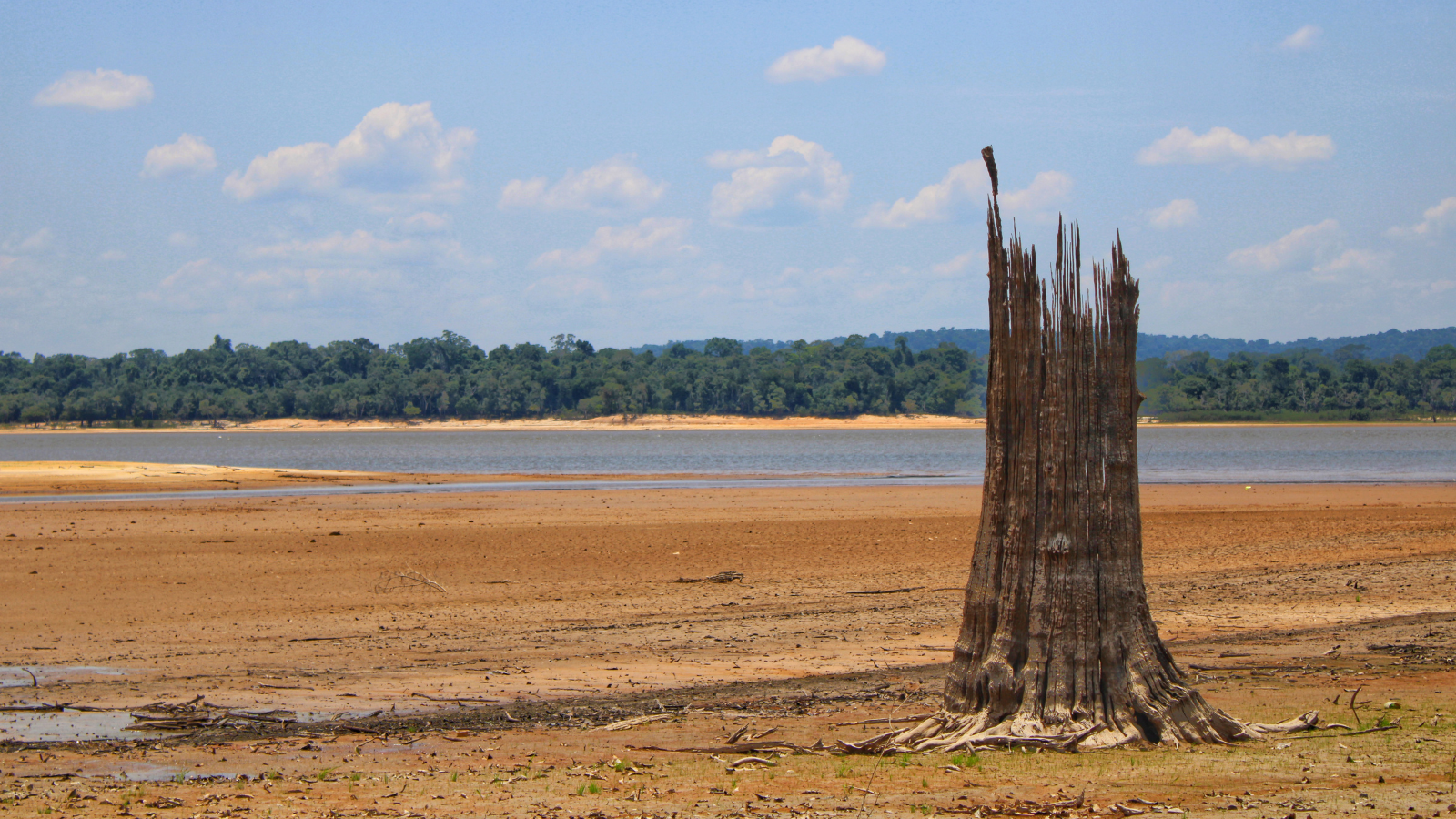
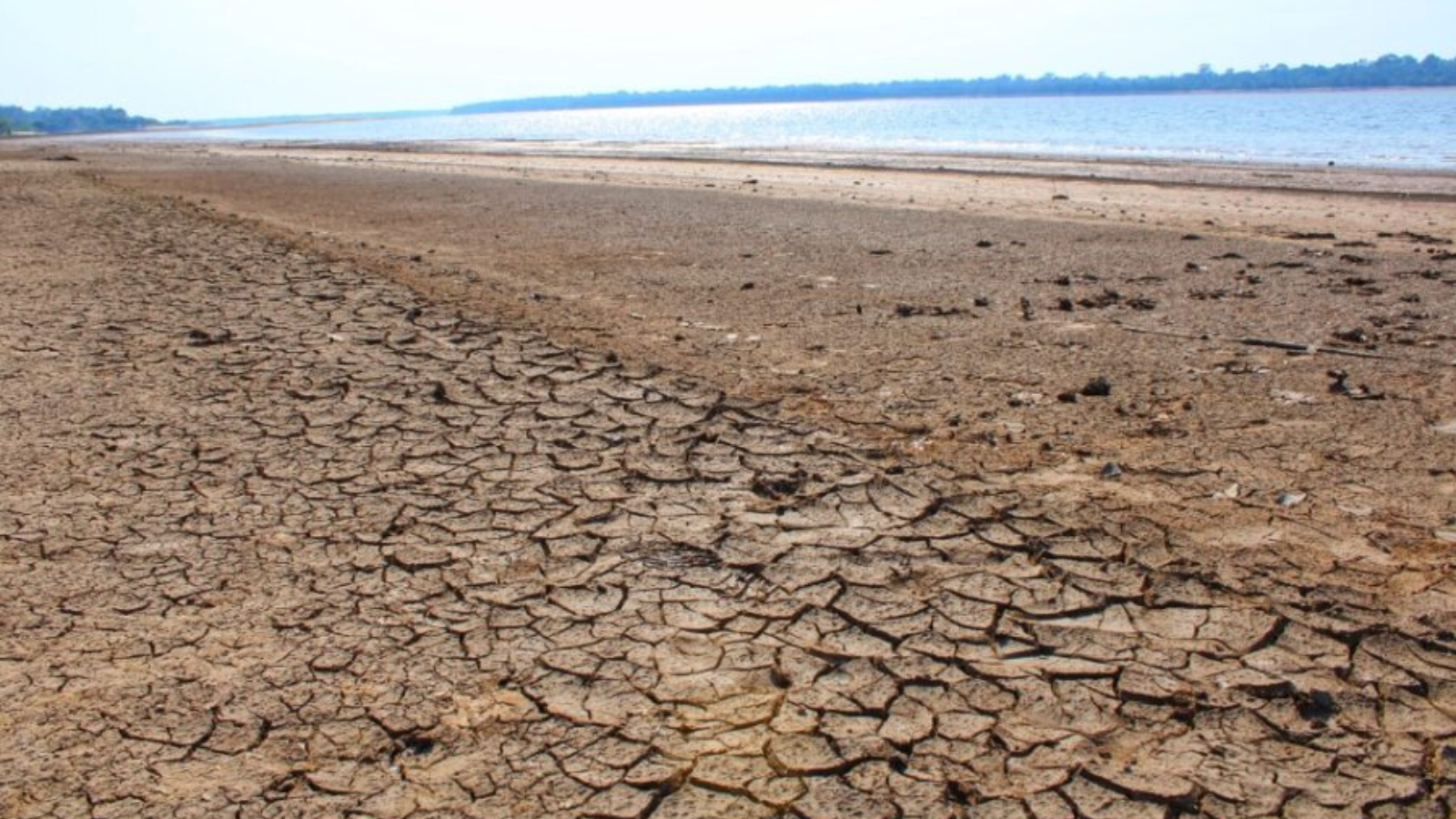


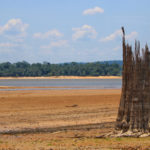
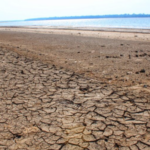

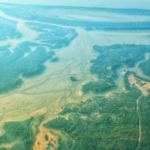
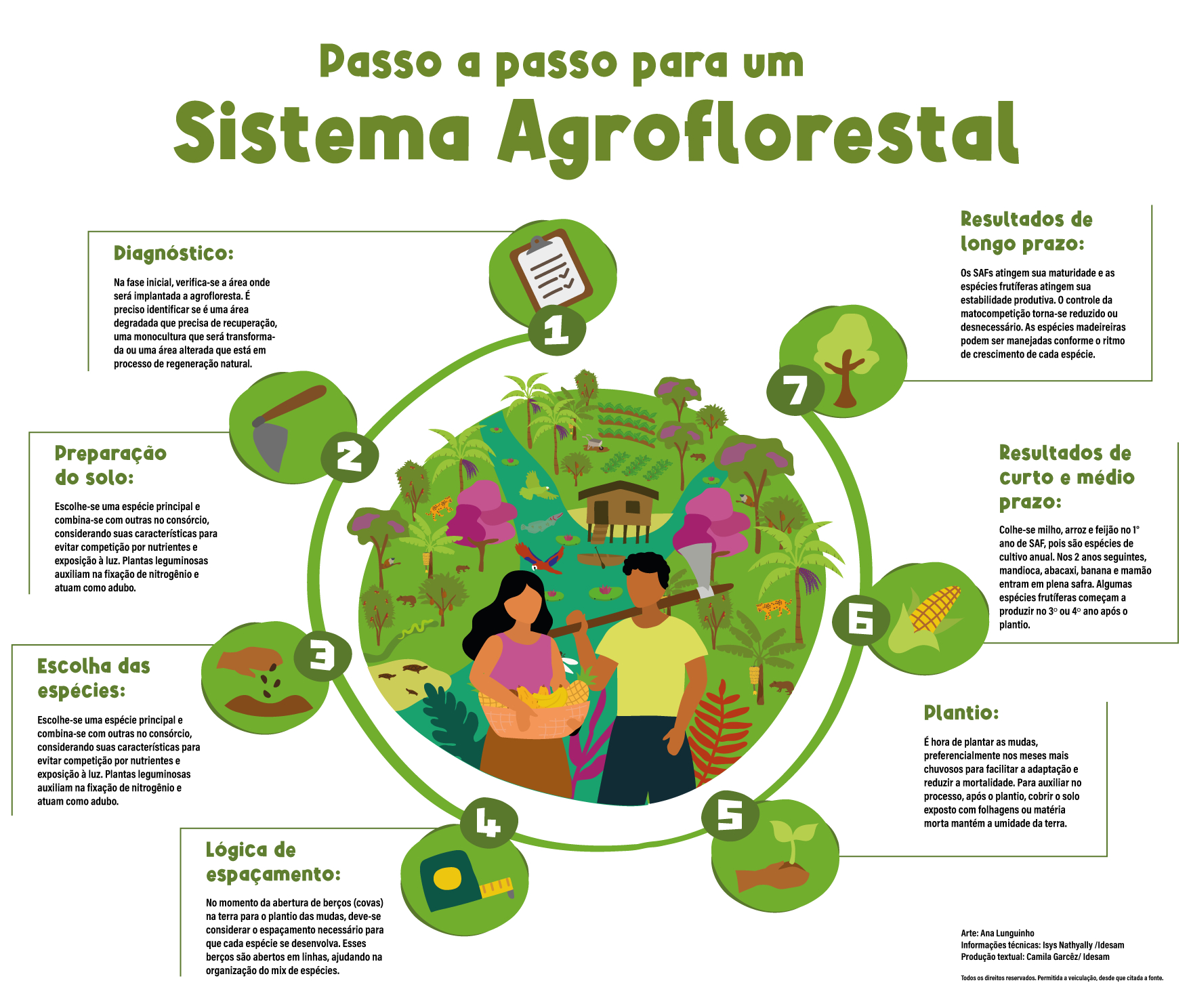


















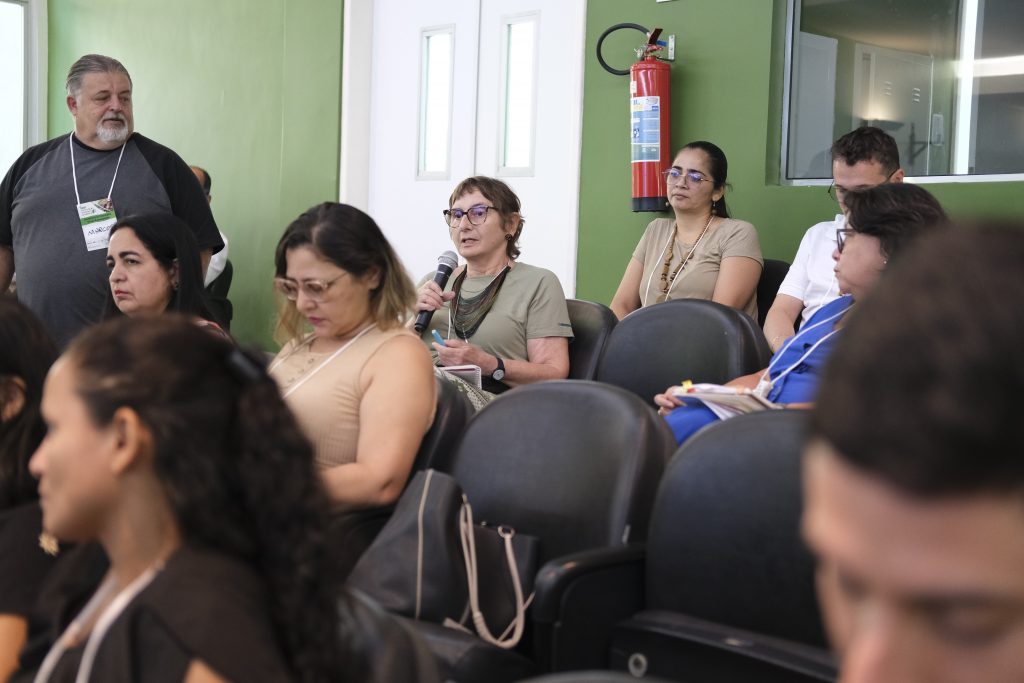
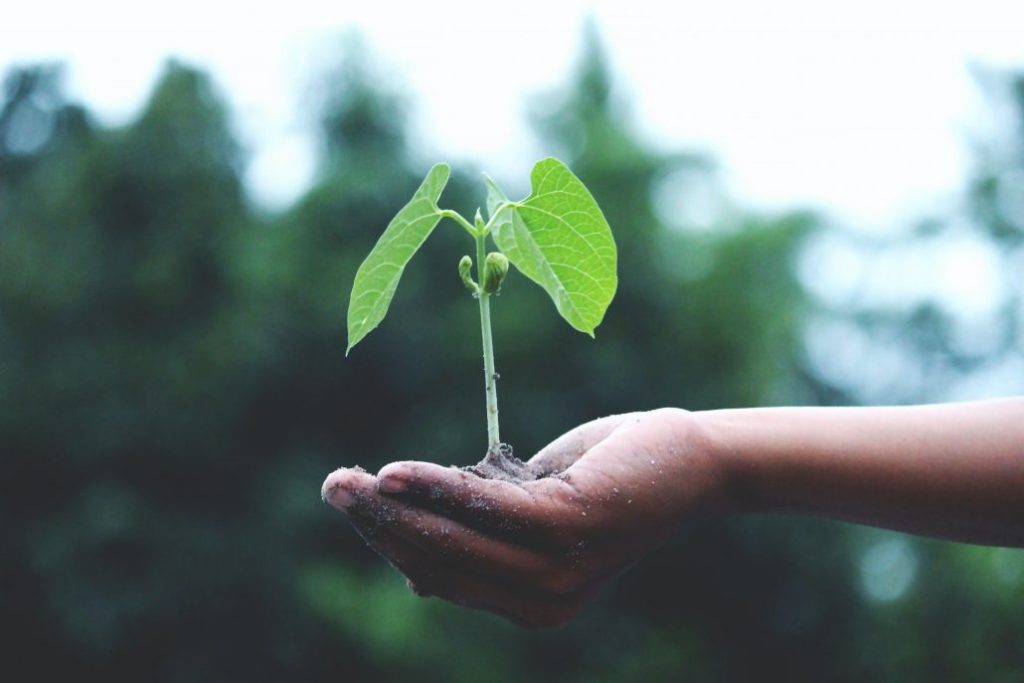
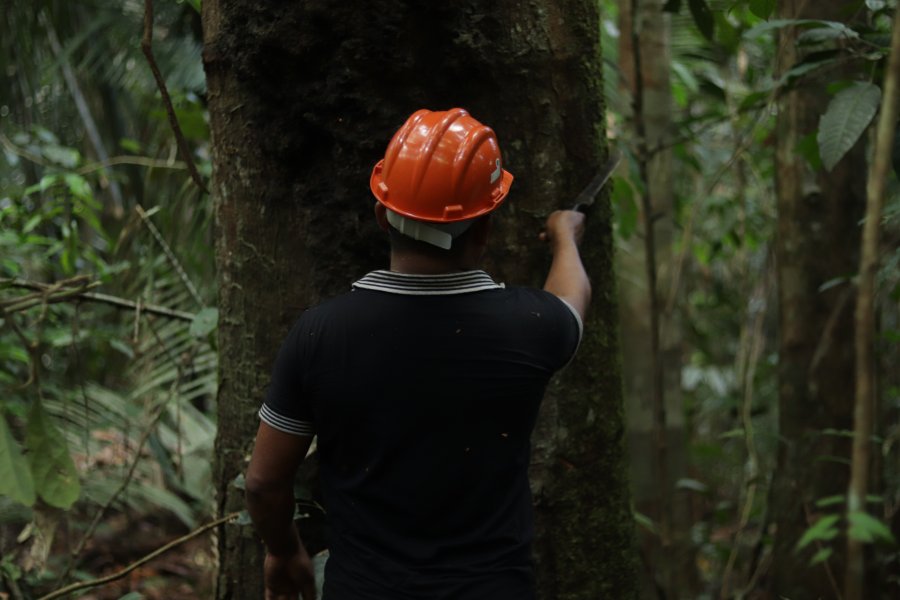
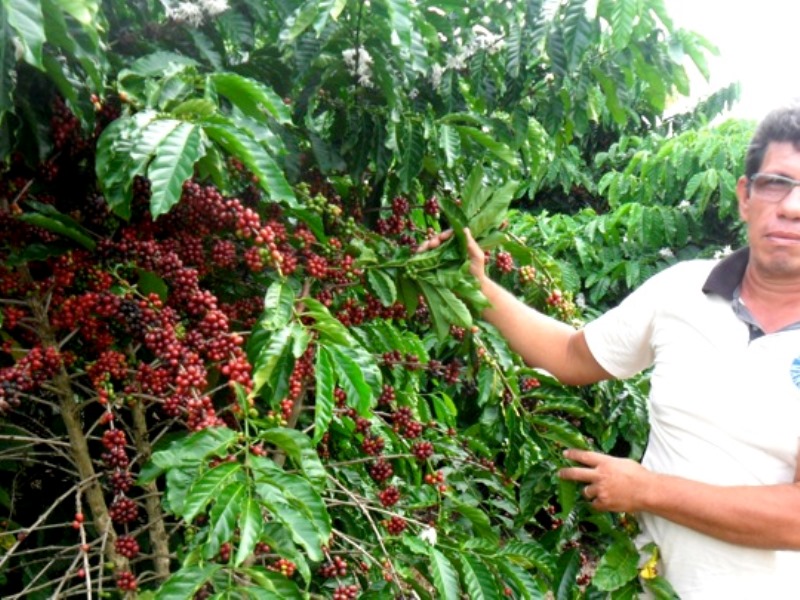

Leave a Reply